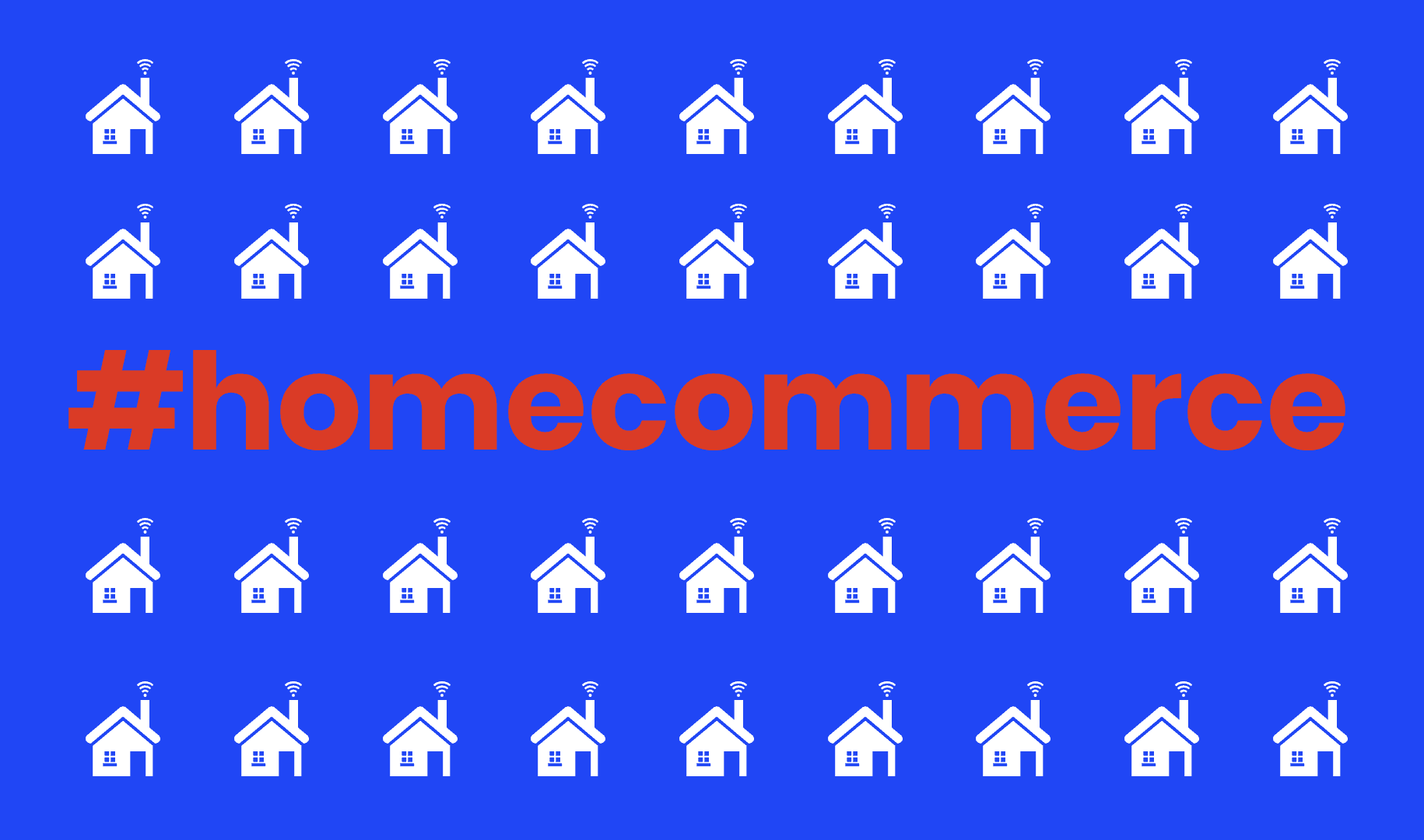COVID-19 Pushes #homecommerce to the Forefront
As Covid-19 continues to spread globally, people are retreating into their houses and are forced to reduce human interaction to a minimum. The ban to leave the country, let alone the house, has had a big effect on consumer behavior and preferences: The thriving travel industry was forced to halt its operation almost entirely, while the food, home deliveries, and health-related verticals were hit by a huge surge in demand, one that created a new reality where they are forced to adjust their offerings and increase their delivery-scope profoundly. As life moves indoors, shopping does too, and eCommerce is also experiencing an overwhelming boost: from food to home furniture and sex toys – consumers are switching their mall shopping for online alternatives.
Consumers behavior changes as Covid-19 spreads
New information is published as researchers try to better understand the extent to which eCommerce is currently spreading and its effect on different countries, as governments limit the movement of their population to halt the pandemic-spread. According to a March 2020 YouGov survey, 85% of internet users in China and 83% of users in Hong Kong choose to avoid crowded public places. At the time the survey was taken, only 27% of Americans and 14% of the UK participants replied similarly. These results were relevant at the time they were taken but we can presume that the numbers are probably much higher now for the UK and US segments, as new restrictions are published daily.
The main takeaway from this is that as the population in many countries turns indoors, so does their consumer-behavior. A good example for this might be Italy, which has been suffering from one of the worst outbreaks of the virus, and as a result, had a colossal increase in eCommerce sales throughout February – with online sales increasing by a staggering 101.5% in comparison to the same date the year before.
A changing reality: Which verticals are affected most?
As the virus spreads and government calls for “social distancing”, entire populations are instructed to stay away from bars and restaurants and from any social/external gathering. Travel is also strictly banned.
This resulted in a new reality, where the travel industry is reduced to nearly zero, and restaurants, bars, and shopping malls are also hurting.
On the other side of the food-based retail economy, grocery stores have had to act quickly and cut store hours in order to try to meet the frenetic demands of the virus’ spread. Customers have been buying up in bulk, scared of being locked at home while inventories are diminishing.
A recent analysis from Contentsquare gathered information from over 1,400 websites, 1.8bn anonymized user sessions, and 50m transactions to break down the current online shopping sphere. They have found that purchases on travel sites were decreased by a fifth (-20.8%), while the average conversion rate on those sites also took a hit (-8.5%).
Findings also reveal that online grocery purchases have grown by 20%, while shoppers have spent 26% more time on grocery websites. Customers are buying more healthcare products as well (+27%). Other interesting findings are a rise in the sales of underwear, lingerie, and sex toys (+35%), and a reduction in the scope of outdoor sports-equipment sales(-28%).
Data is eventually supporting the current state of home-centered reality and social distancing. Every type of indoor-consumerism is increasing online – home furniture, lingerie, and indoor sports equipment, while outdoor-consumerism such as traveling is decreasing.
How retailers are adjusting their offering to handle the new reality
New consumer behavior and panic buying are hitting globally as the pandemic spreads. Consumers have managed to clear out store shelves and the demand is also impacting the delivery abilities of merchants like Amazon.
Online delivery and food chains are finding it hard to cope with the overwhelming demand. Amazon’s staff have reportedly experienced lengthy queues to get into delivery stations and extra time required to receive products. Amazon even cautioned consumers that spiking demand was overpowering its capacity to get them the items in a timely manner. Amazon, as well as other large retailers, have also announced that they are hiring – in order to keep up with the increasing demand and supply deliveries on time.
The struggling travel industry also had to adjust its offering as the decreasing demand for travel has driven them to offer free cancellation and flight-rescheduling policies to help keep the flow of money going.
Restaurants are also hurting as consumers stay indoors, and are therefore shifting their operation entirely to deliveries and take-outs.
Food delivery services e.g. Uber Eats announced that they will be waiving delivery fees for independent restaurants in the US and Canada, to encourage the flow of orders and keep businesses afloat.
On the other side of the food retail economy, grocery stores and supermarkets are experiencing overwhelming demand and had to expand their delivery operation and monitor their supplies as consumers hoard the shelves.
Where is eCommerce headed to next?
A good indication of where eCommerce might be headed to can possibly be found in a model of a country that has managed to almost perfect the use of it in recent years: China.
China had to metamorphose its eCommerce in the days when the SARS outbreak hit, forcing websites such as JD.com to start to sell their products online. Today, they are the largest online retailer in China.
As our reality shifts and changes, we can expect that the presence of COVID-19 will result in consumers continually moving their purchases online, and the impact would be even more far-reaching as the COVID-19 spread is more global in nature.
As long as the current situation ensues, we can expect to see more door2door offerings and once retailers will overcome the unexpected surge they’ve been experiencing with enough manpower to handle the overload, it will also set a good infrastructure for the future – if and when the next pandemic hits.




